Rhododendrons are renowned for their vibrant, colorful blooms and are a popular choice in many gardens.
However, these gorgeous plants require specific soil conditions to truly thrive.
An essential aspect of their care is ensuring that they have sufficiently acidic soil, which plays a vital role in their overall health and growth.
Understanding how to make your soil more acidic for rhododendrons can significantly increase their chances of flourishing in your garden.
In this article, we will explore the 10 best ways to achieve this, providing you with practical tips and valuable information to help your rhododendrons reach their full potential.
Understanding Soil Acidity
Soil acidity plays a crucial role in the health and growth of plants, especially for rhododendrons. It is important to understand what it means and how it affects your plants' development.
The pH scale measures soil acidity, and a pH value of 7 is considered neutral.
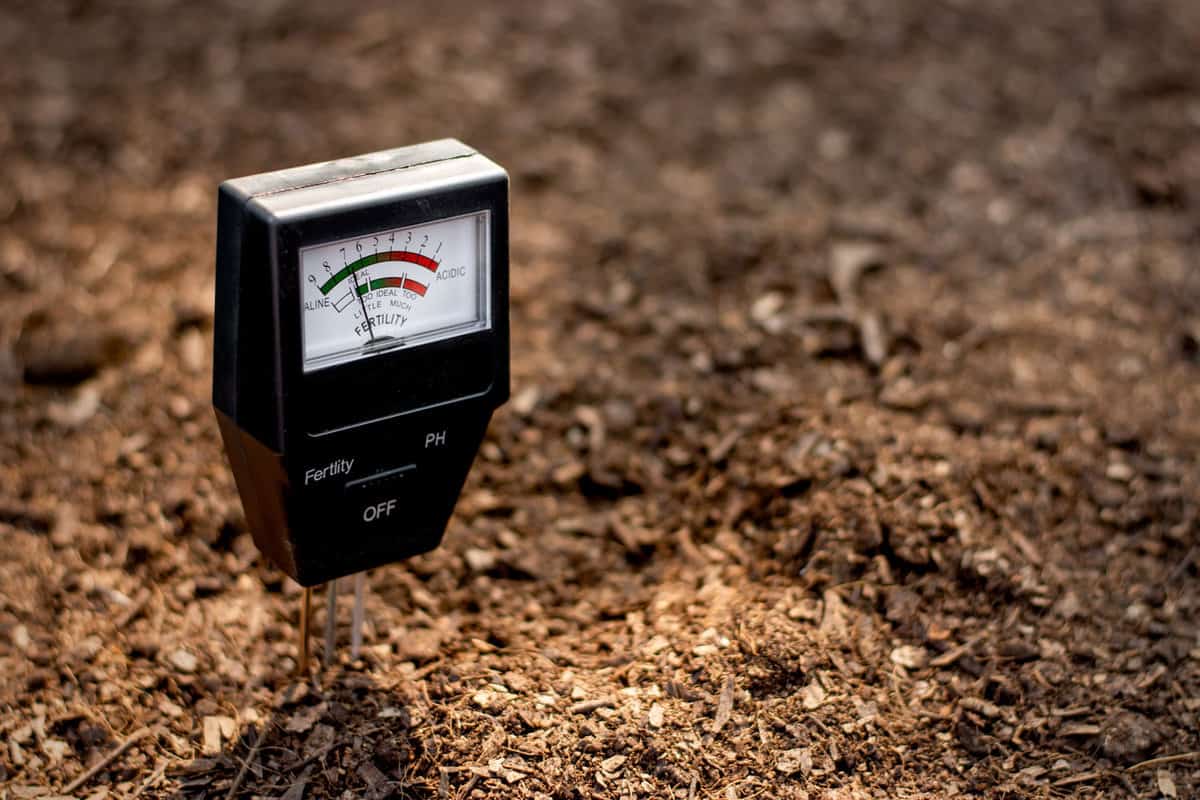
If the pH is less than 7, the soil is acidic, while it is alkaline if it is greater than 7. Rhododendrons typically thrive in acidic soil with a pH range of 4.5 to 6.0.
Acidic soil facilitates the absorption of essential nutrients by rhododendrons, such as iron, manganese, and zinc.
Read more: Why Soil pH Matters: Ensuring Your Garden’s Health and Success
These nutrients contribute to the overall growth, flowering, and health of your plants. In contrast, alkaline soil may cause nutrient deficiencies and poor growth for rhododendrons.
There are various factors that can contribute to your soil's acidity level, such as:
- The type of soil: Different soils have different natural pH levels. For example, sandy soil tends to be more acidic, while clay soil is usually more alkaline.
- Organic matter: Decomposed leaves, green manure, and compost can change the pH level of your soil as they decompose.
- Environmental factors: Soil acidity can also be influenced by factors such as rainfall and air pollution.
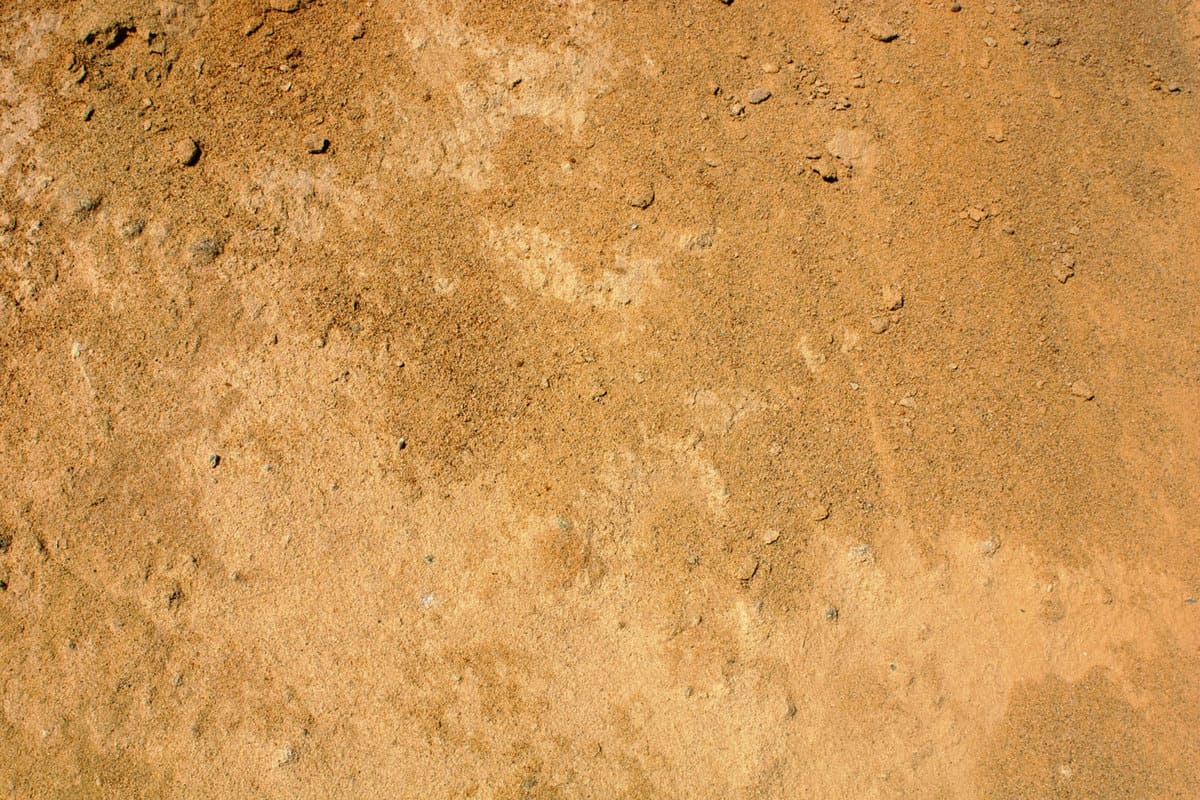
To determine your soil's pH level, you can use a pH test kit or a pH meter. Testing the soil before planting rhododendrons is essential to ensure that it has the right acidity level.
Click here to see this pH tester on Amazon.
If your soil is not acidic enough, there are several ways to increase soil acidity for rhododendrons.
Some methods include the use of sulfur, amending the soil with organic matter, or using specific acidic fertilizers.
Each method has its benefits and drawbacks, so it is crucial to choose the one appropriate for your garden's needs.
Identifying Rhododendron Soil Requirements
Rhododendrons are beautiful flowering plants that require specific soil conditions to thrive.
To grow healthy rhododendrons, it's essential to understand their soil requirements and how to create the ideal environment for them.
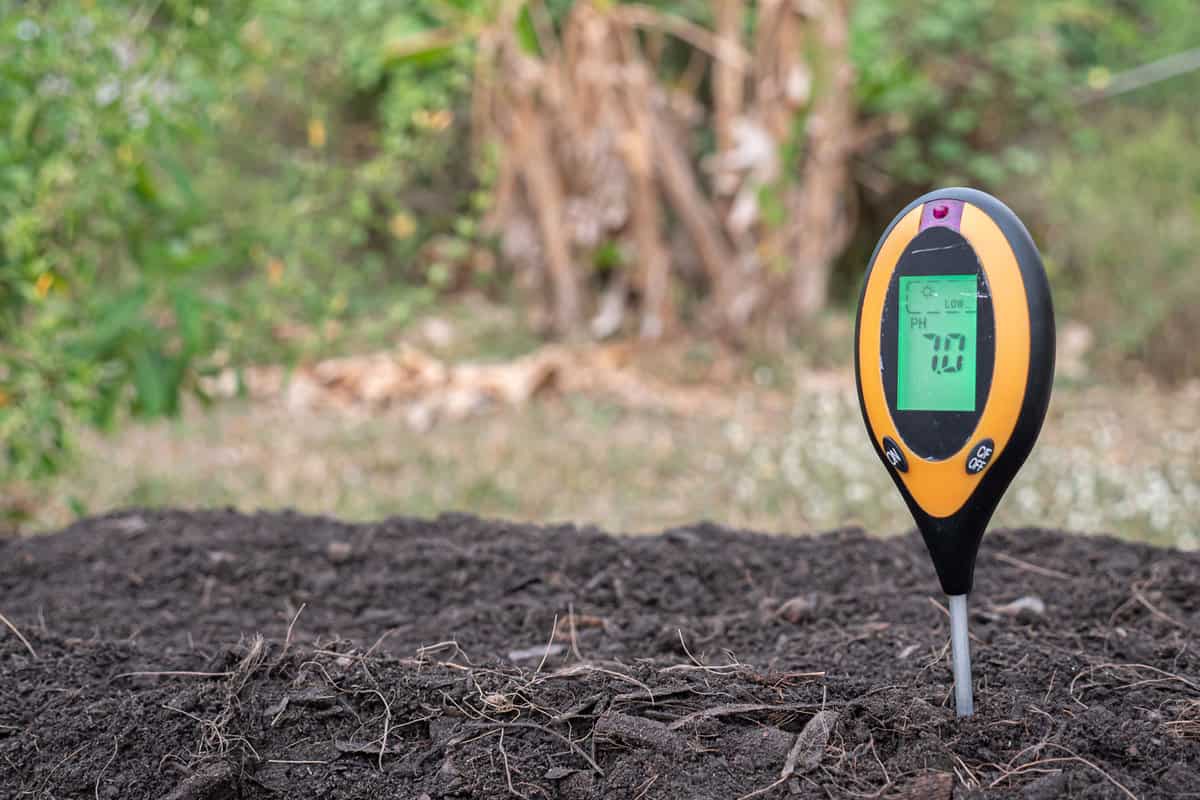
First, determine the soil pH levels in your garden. Rhododendrons prefer acidic soil with a pH between 5 and 5.5.
You can test your soil using an inexpensive soil pH meter or soil pH test kit.
Understanding your soil's current pH levels will help you make informed decisions on how to amend the soil for optimal rhododendron growth.
Read more: What Is Eating My Rhododendrons? 9 Pests To Consider
In addition to the pH levels, the soil for rhododendrons should have good drainage.
Rhododendrons are susceptible to root rot, which occurs in poorly drained or waterlogged soils.
To improve drainage, consider adding organic matter like compost or well-rotted manure to your planting area.
Such amendments will help boost the overall soil structure, providing a better environment for rhododendron roots to develop and thrive.
Another critical factor to consider is the soil's nutrient content. Rhododendrons require essential nutrients such as nitrogen, phosphorus, potassium, iron, and zinc for optimal growth and flowering.
Ideally, you should select a complete or balanced fertilizer specifically formulated for rhododendrons to provide these essential nutrients.
To sum up, when identifying rhododendron soil requirements, you need to consider the following factors:
- Soil pH between 5 and 5.5
- Good drainage
- Essential nutrients (nitrogen, phosphorus, potassium, iron, and zinc)
By ensuring your soil meets these requirements, you'll create a suitable environment for your rhododendrons to grow and produce stunning blooms.
10 Best Ways to Make Soil Acidic for Rhododendrons
1. Using Sulfur
One effective method to increase soil acidity is by adding sulfur. Elemental sulfur slowly lowers soil pH and can have long-lasting effects. However, be cautious as excessive sulfur can harm your plants.
2. Applying Acidic Organic Matter
Incorporate acidic organic matter like composted leaves or well-rotted manure into your soil.
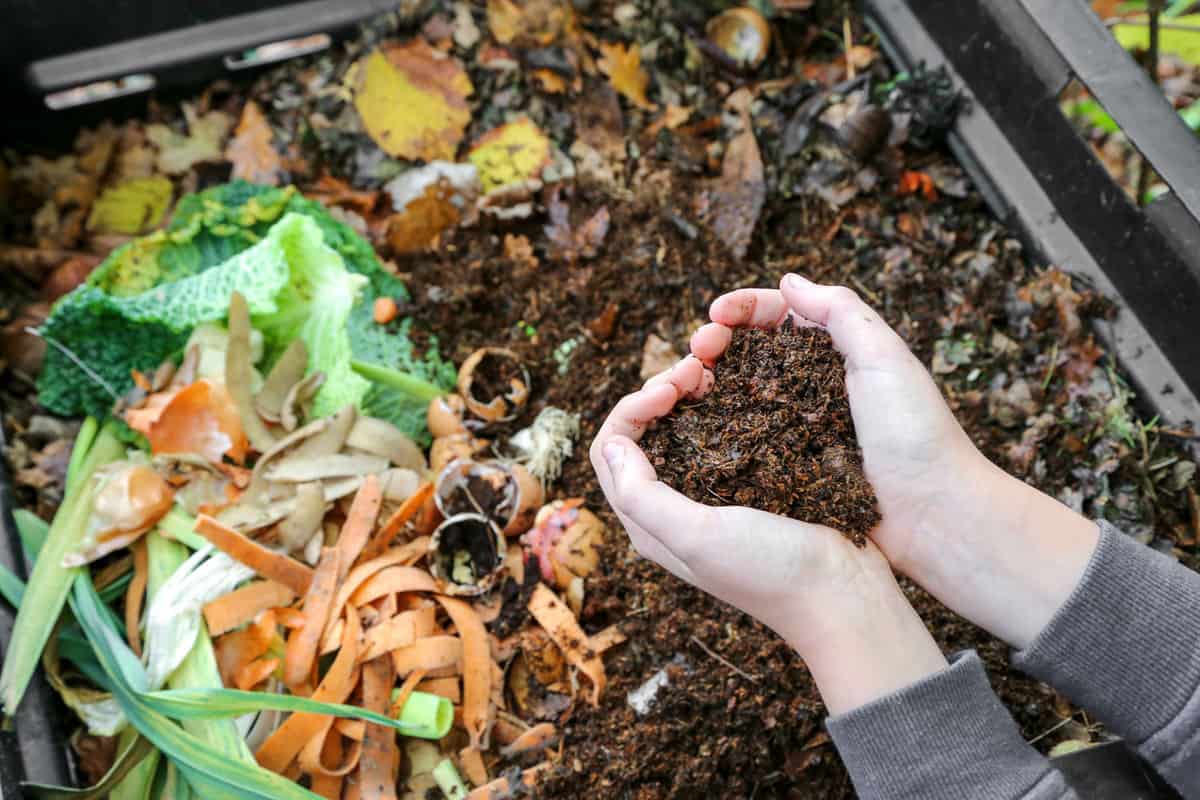
This will help improve soil structure and increase its acidity over time. Regularly incorporate organic matter to maintain acidity.
Read more: Waste into Wealth: 25 Reasons to Start Composting Now
3. Utilizing Acidic Fertilizers
Choose fertilizers specifically designed for acid-loving plants like rhododendrons.

Acidic fertilizers often contain ammonium sulfate, which can help lower soil pH levels.
4. Incorporating Peat Moss
Add sphagnum peat moss into the planting hole or the top layer of your garden's soil.
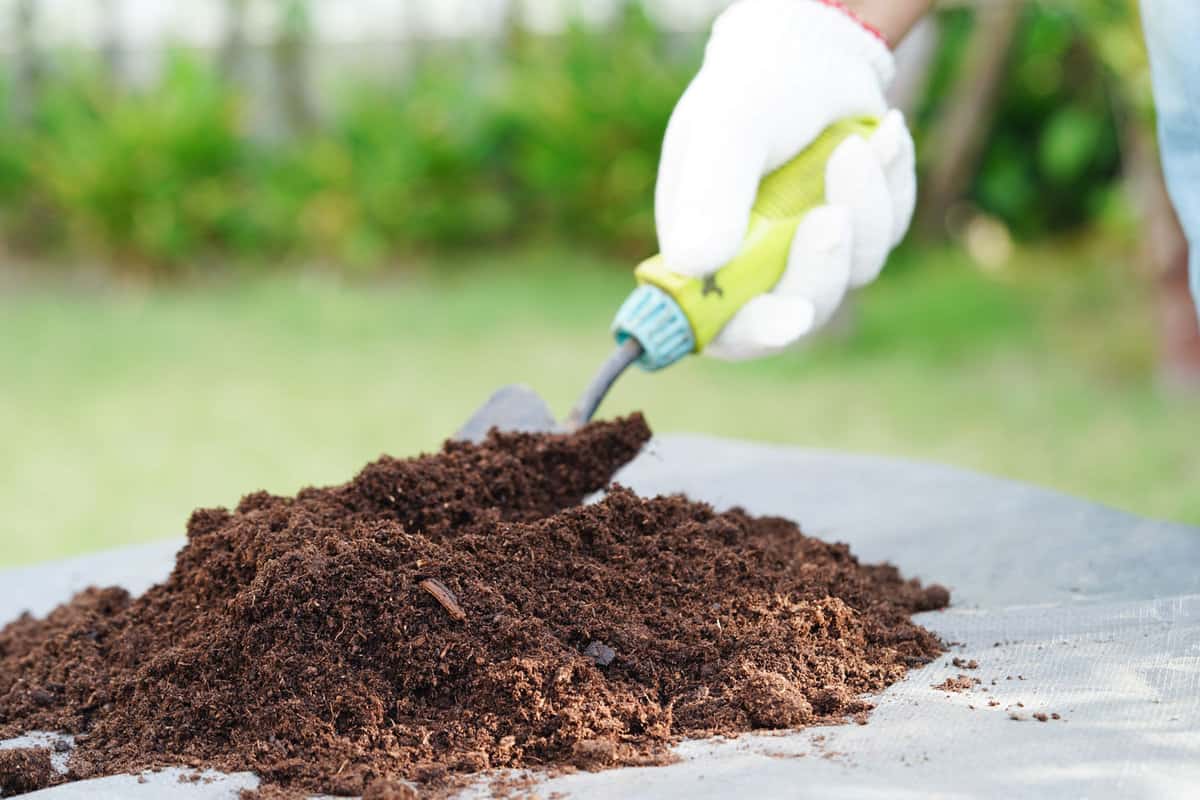
Peat moss naturally increases soil acidity and improves aeration and water retention.
5. Adding Pine Needles
Pine needles have a naturally acidic pH. Spread them as a mulch around your rhododendron plants to gradually increase soil acidity.
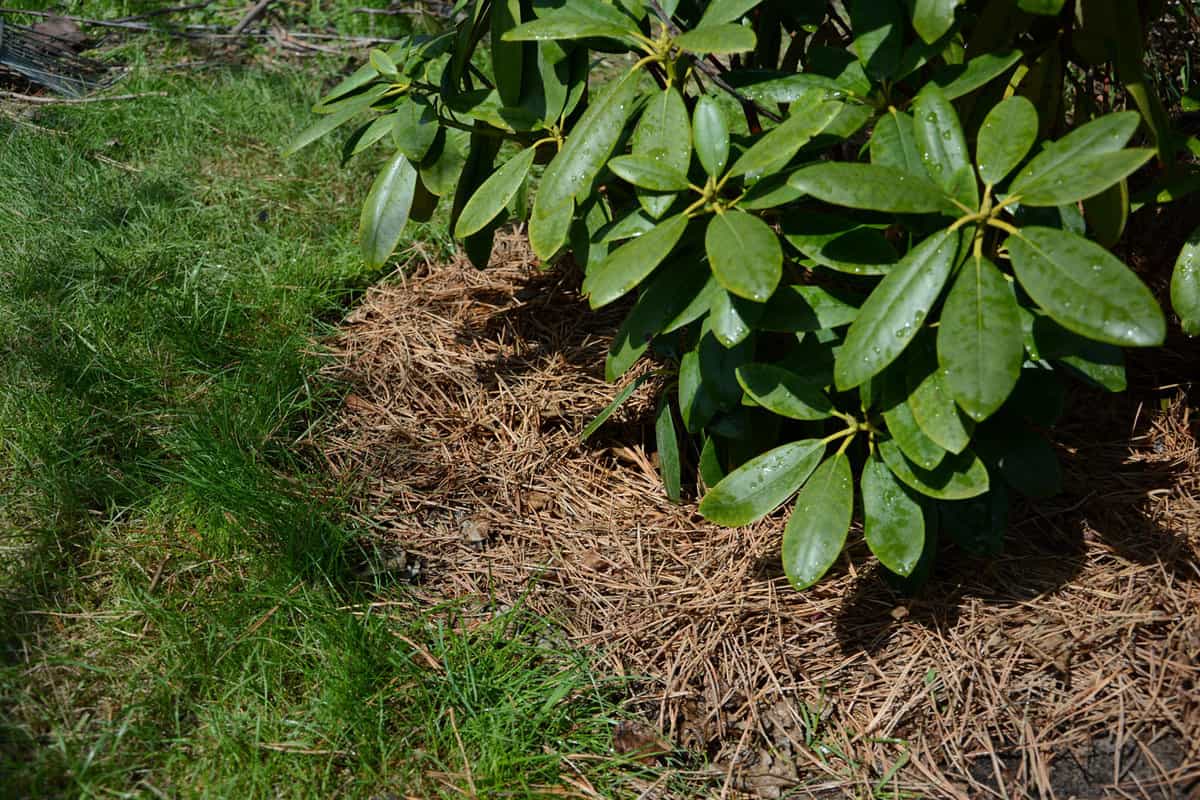
6. Mixing Coffee Grounds
Used coffee grounds are acidic and can be mixed into your soil.
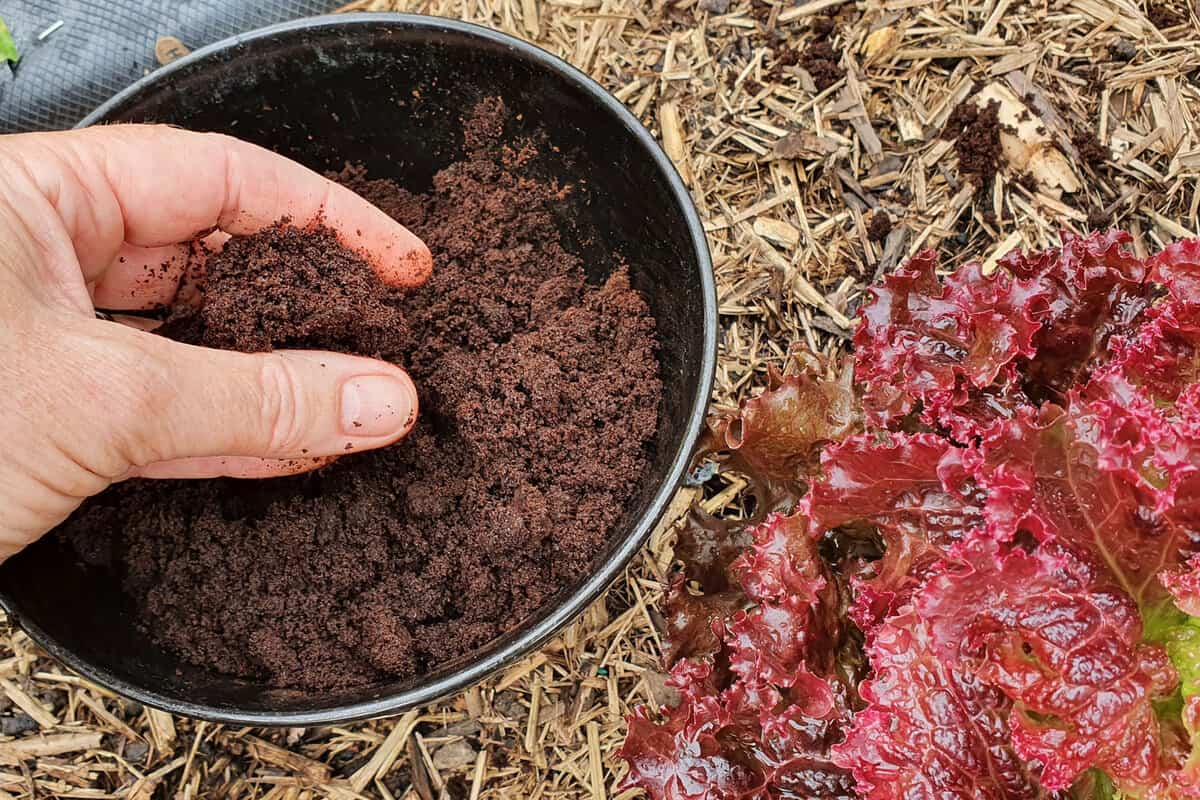
Be sure to compost them first, as fresh coffee grounds can be too acidic and may harm plants.
Read more: How To Use Coffee Grounds In The Garden [Quickly & Easily]
7. Applying Aluminum Sulfate
Aluminum sulfate is another option to quickly lower soil pH. However, use caution and follow label instructions, as excessive amounts can cause aluminum toxicity in plants.
8. Using Citrus Peels
Citrus peels are naturally acidic and can be added to your compost or directly to the soil. Make sure they are shredded to speed up decomposition.
9. Irrigating with Acidic Water
Rhododendrons thrive in acidic conditions. If your tap water is alkaline, consider collecting rainwater for irrigation.
Rainwater typically has a neutral or slightly acidic pH, which can benefit your rhododendrons.
10. Growing Companion Acid-Loving Plants
Plant companion acid-loving plants, such as azaleas, heathers, or blueberries, around your rhododendrons.
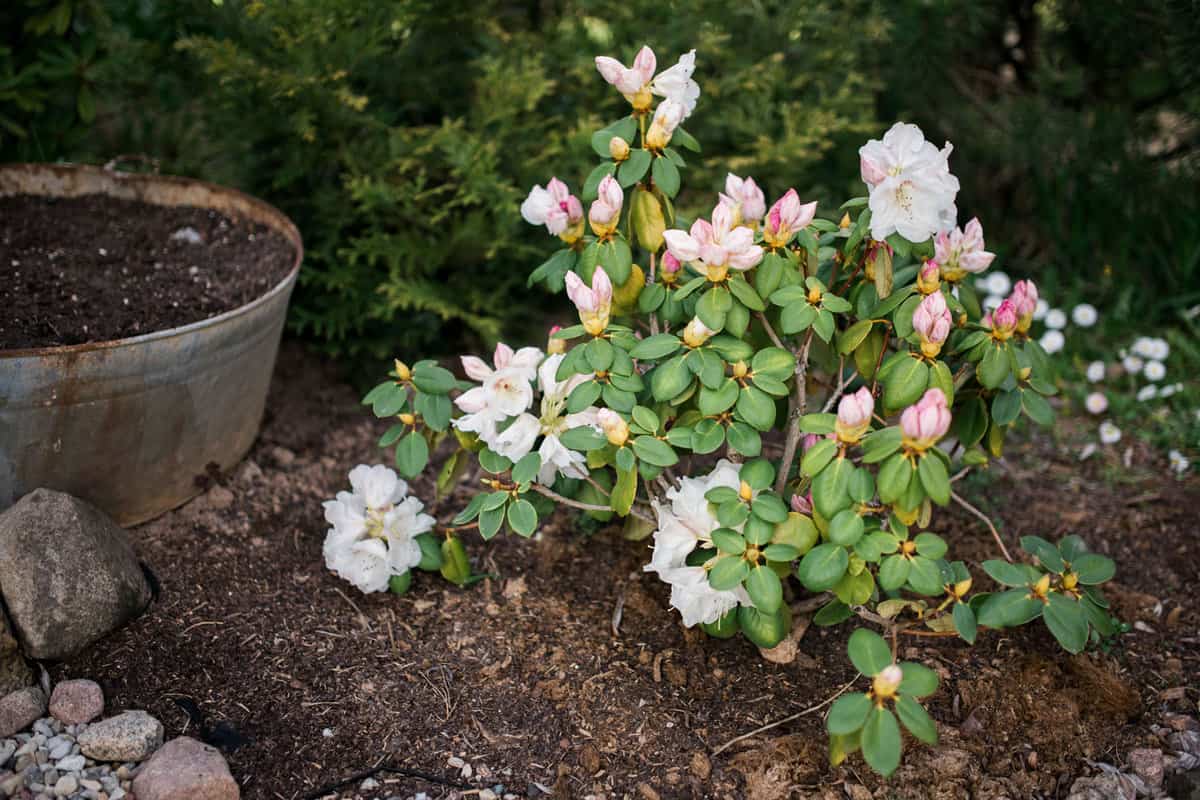
These plants share similar soil requirements, and their presence can help create an overall acidic environment in your garden.
Monitoring Soil Acidity
To ensure the optimal growth of your rhododendrons, it is important to monitor the soil acidity regularly.
Firstly, acquire a soil test kit or a pH meter from your local gardening store or online.
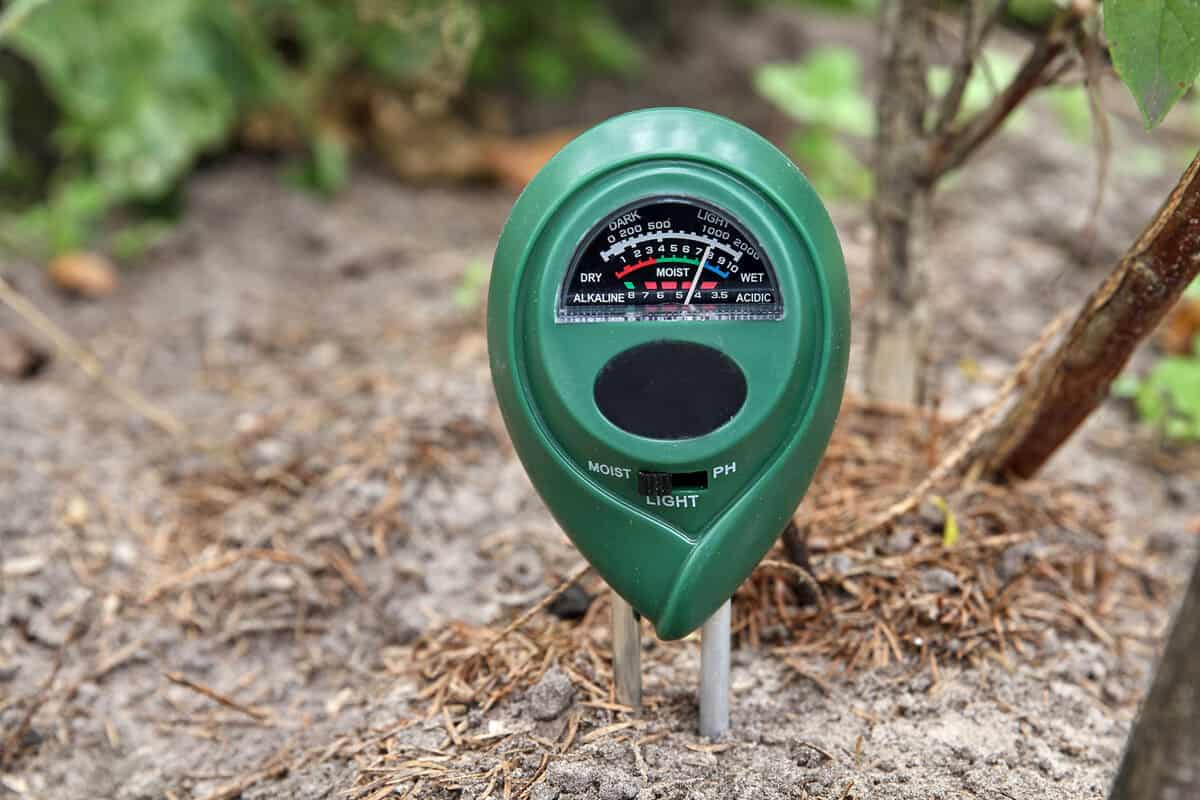
These tools will assist you in determining the current pH level of the soil. Remember, rhododendrons thrive in acidic soil with a pH range of 4.5 to 6.0.
Step 1: Collect soil samples. Using a soil probe, spade, or trowel, collect several soil samples from around the rhododendron's root zone.
Be sure to remove any debris, such as leaves and rocks, before taking the samples.
Ideally, take samples from a depth of around 4-6 inches beneath the surface.
Step 2: Prepare the soil sample. Combine the collected samples into a single composite sample, mixing them thoroughly.
Allow the soil to air dry, as this will provide a more accurate reading when testing the pH level.
Step 3: Test the soil pH. Follow the instructions provided with the soil test kit or pH meter to measure the acidity of the combined soil sample.
Record the reading for future reference and comparison.
Step 4: Analyze the results. If your soil pH falls within the sweet spot of 4.5-6.0, no adjustments are necessary.
If not, it's time to get to work! Use natural amendments like sulfur to tweak your soil's acidity, adhering strictly to expert advice to avoid overdoing it.
Step 5: Monitor regularly. Conduct these tests at least twice a year or seasonally, depending on your location and climate.
Regular monitoring will help you maintain the appropriate soil acidity for your rhododendrons, ensuring their healthy growth.
By adhering to this process, you can make certain that your rhododendrons have the perfect environment to thrive in, promoting vibrant growth and beautiful blooms.
Read more: 15 Essential Facts About Soil pH: Unlock Your Garden’s Full Potential
Cautions and Considerations
Before you begin the process of making your soil acidic for rhododendrons, it's essential to test your soil's pH to understand its current state.
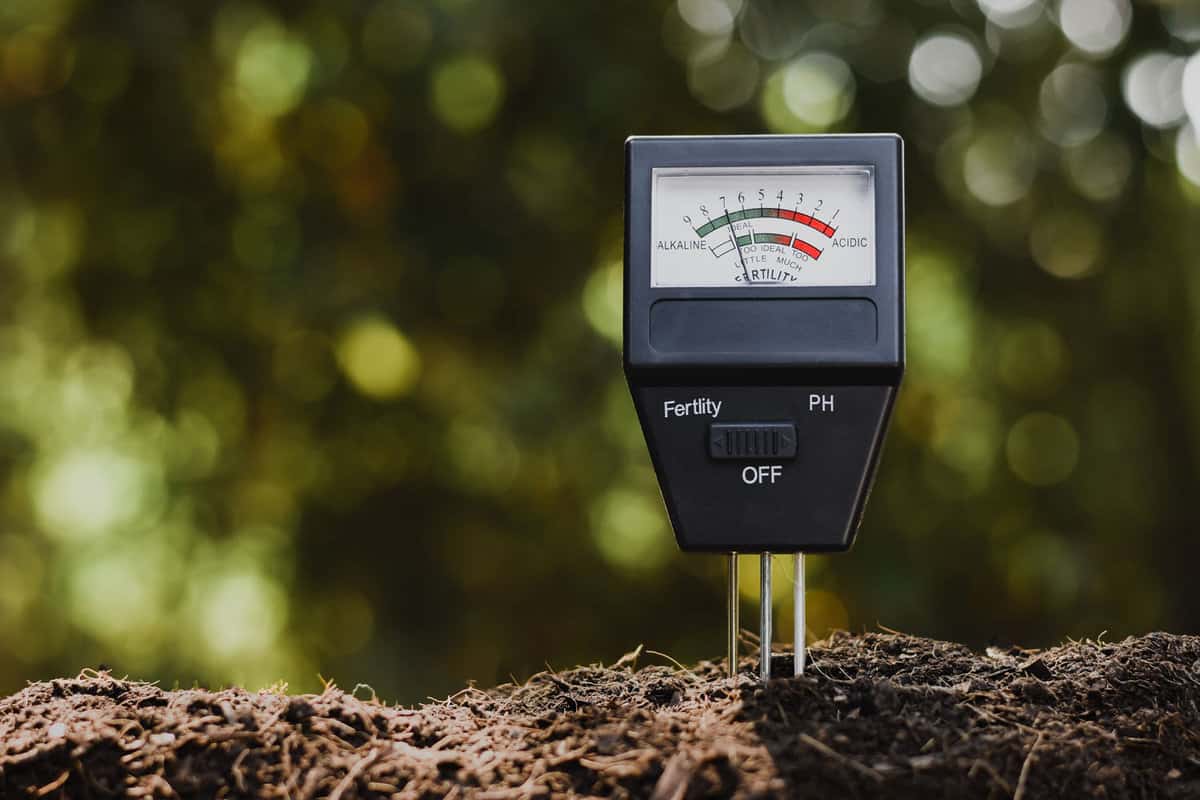
Armed with this knowledge, you can make informed decisions on the appropriate amendments needed for your garden.
It's important to note that applying too much of any soil amendment can have adverse effects on your plants.
For instance, using elemental sulfur is an effective way to lower soil pH, but excessive amounts can cause sulfur toxicity and negatively impact your rhododendrons' health.
Always follow the recommended dosages and directions on any product to avoid overapplication.
While you may be tempted to use vinegar as a natural soil acidifier, remember that it can lead to unintended side effects for your plants.
This household substance may acidify the soil temporarily but can also harm beneficial microorganisms and cause damage to your rhododendrons' roots.
Finally, be patient when attempting to modify soil pH levels. Rhododendrons prefer a pH range between 4.5 and 6.0, and altering the soil's acidity may take time.
In summary, be diligent in testing, monitoring, and adjusting your soil's pH levels to create the ideal acidic environment for rhododendrons.
Proceed with caution when using soil amendments and avoid excessive application or reliance on temporary fixes like vinegar.
Read more: Vinegar In Soil: How Long Does It Last?
Cultivating Colors: Unlocking Vibrancy in Your Rhododendrons
In essence, creating an ideal environment for rhododendrons revolves around optimizing soil acidity for their growth and vibrant flowering.
There are various strategies you can use, including the application of elemental sulfur, organic matter, and commercial soil acidifiers.
Additionally, choosing the right fertilizers and water sources is vital to prevent the introduction of elements that could potentially neutralize the soil's acidity.
Tailoring your approach based on these unique circumstances is key to successful rhododendron cultivation.

